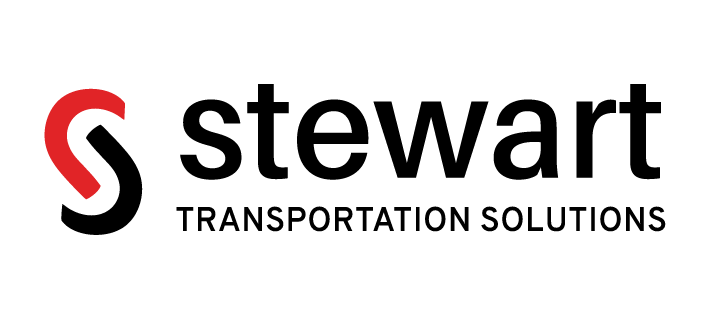
In 2015, one of our enterprise clients created a mega-user conference. The event debuted at Chicago’s McCormick place. It brought together 20,000 IT professionals, software developers, and super users from around the world. After a successful first year, the event organizers selected Atlanta, GA to host the conference in 2016.
As you can imagine, planning an event of this magnitude is no small task. The challenge of feeding, housing, transporting and providing a meaningful experience for that many people is not for the faint of heart. Luckily, we work with the best planners in the world. We are always in awe of the incredible events they pull off. This conference was no exception.
PROBLEM SYNOPSIS
We knew Atlanta’s infamous traffic situation would present the most significant transportation hurdle. In addition, we knew these attendees were avid Twitter users who would not be shy about providing real-time feedback.
A few days before the conference began, we approached the event’s social media team to discuss whether they would be comfortable with us handling transportation-related tweets.
Disclaimer: this is not always the best fit for every conference. Most organizers prefer social media engagement to flow through one dedicated on-site team. But with 14 shuttle routes, 61 hotels, 20,000 attendees and a city with an infamous traffic situation, this was no ordinary show. With the green light from their team, we devised a unique social media strategy for this event.
Our social media team was tasked with monitoring Twitter and responding to attendee transportation issues, which allowed them to resolve problems at a much faster rate. They were familiar with the shuttle schedule and service expectations, as well as knew the on-site transportation team and where they were located throughout the city. Quick check-in meetings were additionally scheduled between marketing and on-site team leads. They went over relevant changes, traffic concerns, and any other potential service disruptions – all prior to making major shuttle moves.
Armed with this information, we handled most tweets quickly. However, if an attendee identified a problem requiring onsite input, we were immediately able to connect with the appropriate route supervisor, program lead, or staff person best equipped to rectify the situation. We also made sure to share real-time transportation information with the social media team as needed.
PROVIDING A SOLUTION
We learned a lot about people and social media that week – most importantly that great customer service means quickly acknowledging criticism while making sure attendees knew we heard them regardless of who or what caused the issue (hello, Beyoncé concert traffic!).
A study conducted by Twitter in 2016 discovered data proving the following:
In one case, we were able to turn a Twitter user into our biggest brand advocate. After he posted a tweet about his transportation experience, we started a Direct Message dialogue. We quickly arranged for him to meet with our CEO and President after one of his sessions. They were able to hear his concerns and explain our position. He was so surprised we cared about his experience that he took to Twitter to thank us several times.
RECAP
In general, platforms like Twitter can help to bridge the gap between client and attendees. It gives an insider view on real time attendee experience and allowing for faster access and communication between attendees. It gives us the opportunity to provide a solution sooner than later.
Our social media approach that week in Atlanta was just one aspect of delivering a successful transportation program for our client and the attendees. And transportation is just one piece of the event puzzle! Ultimately, planners, staff and vendors like us are all part of the same team. When transportation is successful, we’re doing our part to contribute to the overall event success, and technology is helping us do this better!











